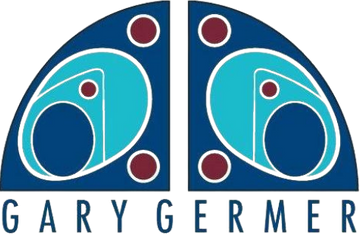Maurice de VLAMINCK Signed Original Etching Les HOMMES ABANDONNES 1927
Maurice de Vlaminck (French, 1876-1958) signed original etching, Les Hommes Abandonnes, 1927. Signed in pencil on paper at back of frame. Rustic wood frame measures 11" x 14", image measures 4" x 6".
10689-17
As found on ArtNet: Maurice de Vlaminck (French, April 4, 1876–October 11, 1958) is recognized as one of the pioneer Fauvism painters in Europe, alongside his friends and influencers Andre Derain and Henri Matisse. Vlaminck began painting in his late teens, taking lessons from a local Parisian artist named Henri Rigalon. He also doubled up as a musician after his father taught him to play the violin at a young age; but his main interest was painting, especially after he met Derain by chance following a train accident in 1900. The two painters set up a studio in Paris together from 1900 to 1901. This was a major turning point in Vlaminck''''s style of painting, which took place after he saw Van Gogh''''s Post-Impressionist paintings exhibited in France. The powerful brush strokes and intense use of unnatural colors by Van Gogh soon became his trademark, as witnessed in one of his first exhibitions held in 1905 at the Salon des Indépendants, together with Derain and Matisse. One of Vlaminck''''s most popular paintings is the Remorqueur sur la Seine, Chatou (1906). This and other pieces that mainly consisted of primary color palettes prompted art critic Louis Vauxcelles to term the artists as Fauves (wild beasts) due to their unrestrained manner of painting, which was not common at the time. The artist traveled to London in 1911 and painted the River Thames, but returned to France during World War I, where he was stationed in Paris. His post-war paintings became more subdued, influenced by Paul Cezanne's work. The painter settled in Northwestern Paris and married a second wife, Berthe Combe, with whom he had two daughters. During this time, he wrote numerous poems and several novels, including autobiographies and songs. The artist also cycled along the Seine River for inspiration. His final works before his death in 1958 were mostly Post-Impressionist in nature, depicting rural scenes of his hometown in France.






